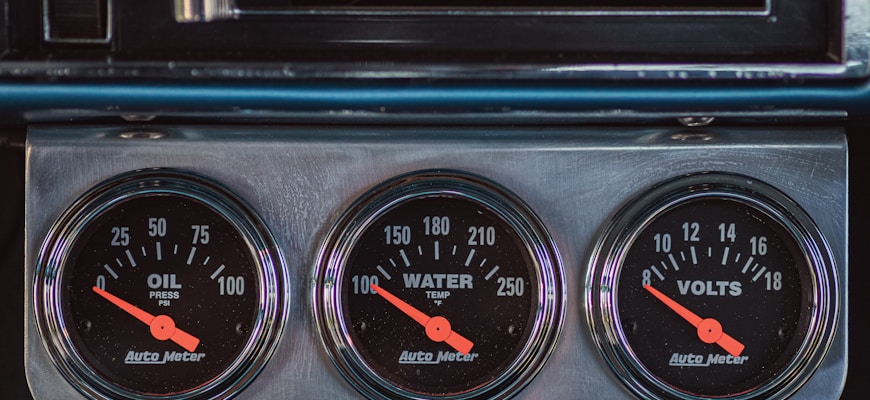Ethereum Upgrade Goes Live: Impact on Gas Fees and Network Speed

- Understanding Ethereum’s latest upgrade
- Analyzing the impact on gas fees
- How the network speed is affected by the upgrade
- Exploring the benefits for Ethereum users
- What the upgrade means for developers
- Future implications of the Ethereum upgrade
Understanding Ethereum’s latest upgrade
The latest upgrade to Ethereum, known as the London Hard Fork, has been eagerly anticipated by the cryptocurrency community. This upgrade aims to improve the efficiency of the Ethereum network by implementing several key changes. One of the most significant changes is the introduction of the EIP-1559 proposal, which alters how transaction fees are calculated. This should help to reduce the volatility of gas fees, making transactions more predictable for users.
Another important aspect of the London Hard Fork is the inclusion of the EIP-3554 proposal, which delays the difficulty bomb that would have made mining Ethereum more challenging. By postponing this difficulty bomb, the upgrade ensures that the network will continue to run smoothly while Ethereum transitions to a new consensus mechanism known as proof of stake.
Overall, the London Hard Fork represents a major milestone for Ethereum and is expected to have a positive impact on gas fees and network speed. By implementing these changes, Ethereum is taking a significant step towards becoming a more scalable and sustainable blockchain platform. It will be interesting to see how these upgrades play out in the coming months and how they will shape the future of Ethereum.
Analyzing the impact on gas fees
Gas fees on the Ethereum network have been a significant concern for users due to high costs and slow transaction speeds. With the recent upgrade going live, there is anticipation surrounding the impact it will have on these issues.
One of the main goals of the upgrade was to address the scalability of the network, which could potentially lead to lower gas fees. By improving the efficiency of transactions, users may experience reduced costs when interacting with decentralized applications on the Ethereum blockchain.
Additionally, the upgrade aims to enhance network speed, allowing for quicker confirmation times for transactions. This improvement in speed could lead to a more seamless user experience and increased overall network efficiency.
Overall, the impact of the upgrade on gas fees and network speed is yet to be fully realized. However, there is optimism within the Ethereum community that these changes will lead to a more cost-effective and efficient network for users.
How the network speed is affected by the upgrade
The Ethereum upgrade has had a significant impact on network speed, resulting in faster transaction times and improved overall performance. With the implementation of EIP-1559, gas fees have become more predictable and manageable, leading to a smoother user experience. As a result, users can now enjoy quicker confirmations and reduced latency when interacting with the Ethereum blockchain.
One of the key changes brought about by the upgrade is the introduction of a new fee structure that aims to make transactions more efficient and cost-effective. By burning a portion of the base fee, EIP-1559 helps regulate the supply and demand of block space, ultimately leading to a more stable fee market. This adjustment has resulted in lower gas prices and increased network capacity, allowing for a greater number of transactions to be processed in each block.
Overall, the upgrade has significantly improved the scalability of the Ethereum network, paving the way for future growth and development. With faster transaction speeds and lower fees, users can expect a more seamless and reliable experience when interacting with decentralized applications and other services built on the Ethereum blockchain. As the network continues to evolve and adapt to changing demands, the impact of the upgrade on network speed is expected to become even more pronounced in the coming months.
Exploring the benefits for Ethereum users
Exploring the advantages for Ethereum users, the recent upgrade has brought about significant improvements in gas fees and network speed. Users can now enjoy lower transaction costs and faster processing times, making the platform more efficient and user-friendly. With reduced gas fees, users can save money on transactions, especially during times of high network congestion. The increased network speed means that transactions are processed more quickly, reducing wait times and improving overall user experience.
What the upgrade means for developers
The Ethereum upgrade brings significant changes for developers in terms of gas fees and network speed. With the update, developers can expect lower gas fees, making it more cost-effective to deploy smart contracts and interact with the Ethereum network. This reduction in fees will make it easier for developers to build decentralized applications (dApps) and bring their ideas to life on the Ethereum blockchain. Additionally, the upgrade will improve network speed, allowing for faster transaction times and a more seamless user experience. Overall, this upgrade opens up new possibilities for developers looking to innovate and create on the Ethereum platform.
Future implications of the Ethereum upgrade
The Ethereum upgrade has significant consequences for the future of the network. With the reduction in gas fees and the increase in network speed, Ethereum is poised to become more accessible and efficient for users and developers alike. This development opens up new opportunities for decentralized applications (dApps) and smart contracts to thrive on the platform. As a result, we can expect to see an increase in adoption and innovation within the Ethereum ecosystem.
Furthermore, the upgrade is likely to attract more users to the network, as lower gas fees make transactions more affordable for all participants. This increased usage could lead to a higher demand for Ether, the native cryptocurrency of the Ethereum network. As a result, we may see an appreciation in the value of Ether over time, benefiting investors and stakeholders in the ecosystem.
In addition, the improved network speed will enable faster transaction times and better overall user experience. This will make Ethereum a more attractive option for developers looking to build scalable and efficient decentralized applications. With these enhancements, Ethereum is well-positioned to remain a leading blockchain platform in the rapidly evolving world of decentralized finance (DeFi) and Web3 technologies.
Overall, the Ethereum upgrade has the potential to revolutionize the way we think about blockchain technology and its applications. By reducing gas fees, increasing network speed, and improving overall user experience, Ethereum is setting the stage for a new era of innovation and growth in the decentralized ecosystem. As the upgrade continues to roll out and its implications become more apparent, we can expect to see a renewed interest and excitement surrounding Ethereum and its future prospects.



